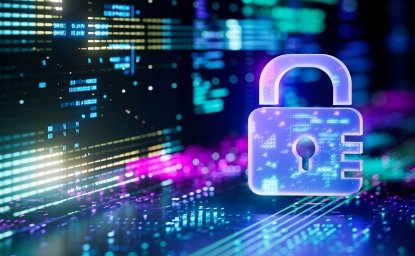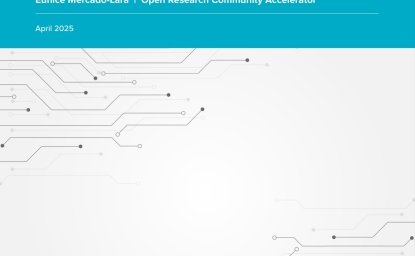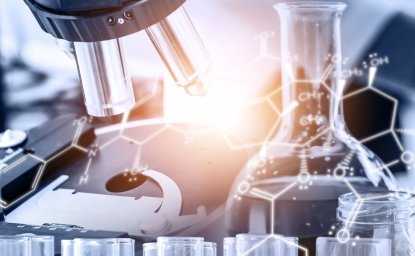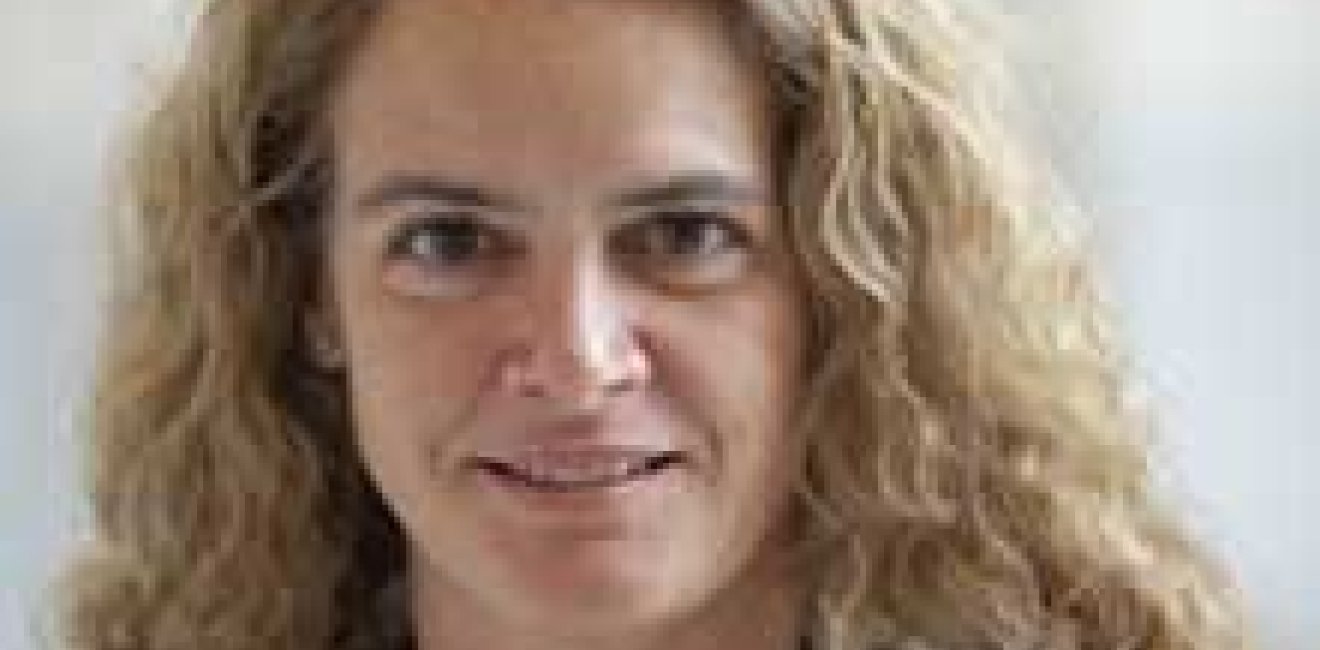
Looking at Earth from space is like "seeing a blue marble in a black drop of darkness," said Julie Payette, a Canadian astronaut who is spending six months in residence as a Wilson Center public policy scholar. Payette is one of only four astronauts in Canada.
Payette dreamt of becoming an astronaut ever since she was a young schoolgirl, as she watched in awe the footage of American and Russian astronauts traveling into space. But few Canadians who aspire to become astronauts actually get to fulfill that dream. Currently the country's only female astronaut, Payette was selected by the Canadian Space Agency in 1992 out of more than 5,300 applicants.
Payette has flown on two shuttle missions, both to the International Space Station (ISS), and has logged more than 600 hours in space. During her first flight in 1999 on the Space Shuttle Discovery, she said nobody was yet aboard the ISS. In fact, it was the first time a manned shuttle had docked there. On that mission, the crew delivered three tons of cargo to the ISS.
Reflecting on that first mission, Payette spoke of the wonder and amazement of "building a lab in one of the harshest environments possible in near-Earth orbit."
Ten years later, in 2009, Payette flew aboard the Shuttle Endeavor toward the end of the Station's construction. At that point, she said, six people already were there. During this mission, the crew completed construction of a Japanese experiment module and delivered critical supplies.
The ISS is truly a model of foreign diplomacy. The Station has five partners: Americans, Russians, Japanese, Canadians, and a European consortium, and NASA covers three-quarters of the Station's costs. "Nationality becomes secondary," Payette said. "What's most important is our ability to do work together."
Payette is the second astronaut to land at the Wilson Center. Russian astronaut Yuri Baturin was a Kennan Institute research scholar from 1989-1990. While at the Center, Payette is researching and writing about the challenges of diversity, opportunities, and advancements within a performance-based, operations-driven environment such as the aerospace industry.
To become an astronaut, four criteria must be met. The applicant must: come from a scientific/engineering/medical, or technical background; be a citizen of that country; meet work-experience criteria and preferably have an advanced degree; and be able to communicate effectively. Applying is a rigorous, competitive process involving many months of long interviews and tests to determine medical, psychological, and operational competence.
"Once selected, the agency has to harmonize training and attitudes and prepare us," she said. But despite verification checks and other safety measures, "you can never prepare for everything that might happen."
One of Payette's goals is to become involved in education-based projects. "Few get to travel in space, so I'd like to reach out to the younger generation and promote awareness of the importance of science and technical studies," she said. Payette plans to help translate space videos into Spanish and French to make these resources available in more countries. Like traveling in space, she said, "Education should be an international collaboration."
Author
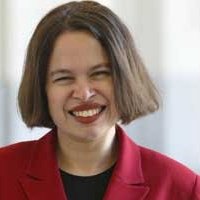
Explore More
Browse Insights & Analysis
360° View of How Southeast Asia Can Attract More FDI in Chips and AI
